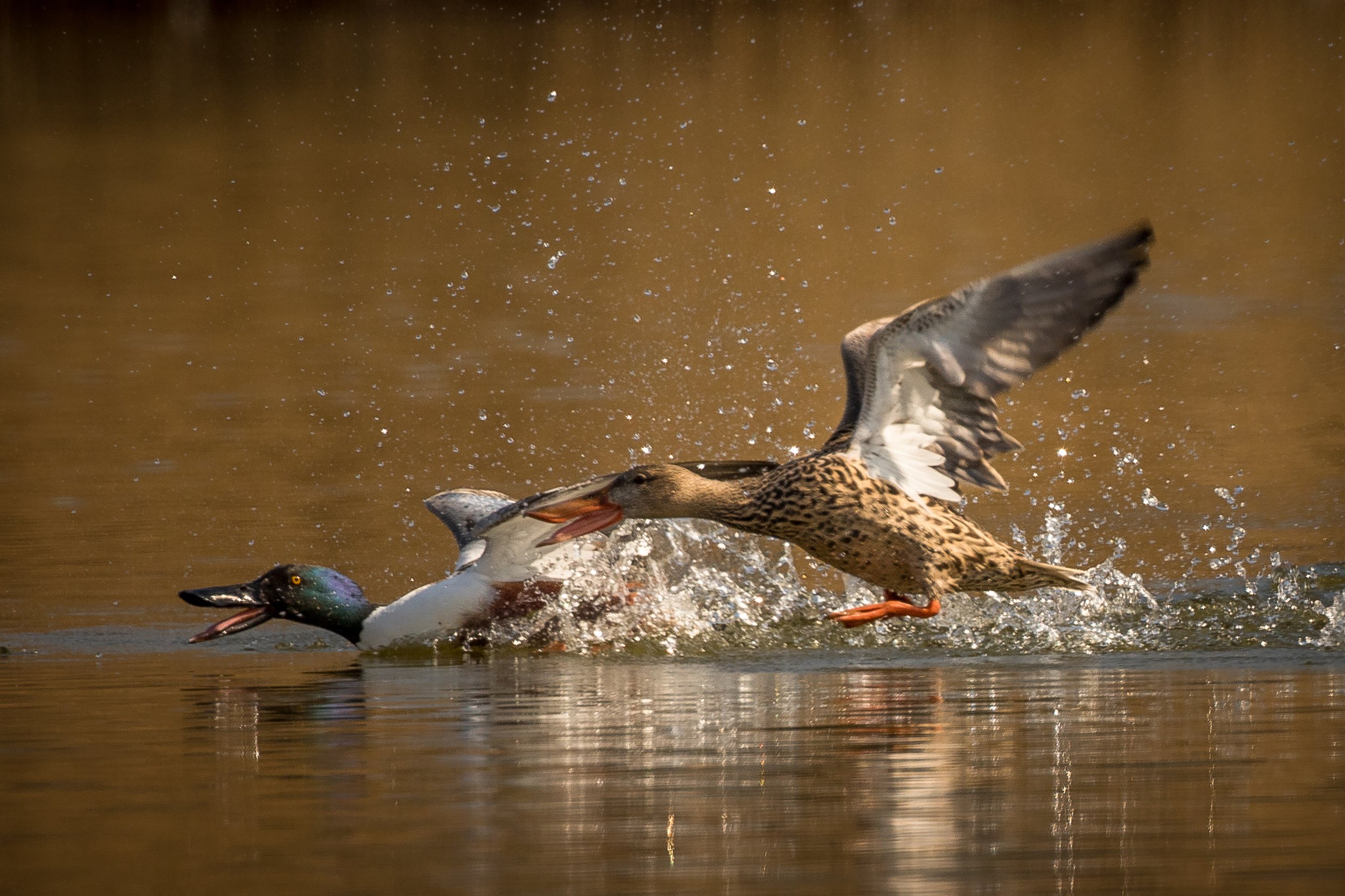5 Essential Tips for Wildlife Photography Beginners
Wildlife photography can be both exciting and challenging, especially if you're just starting out. Capturing that perfect moment takes a mix of patience, preparation, and understanding of your equipment. Here are five essential tips to help beginners take their wildlife photography to the next level.
1. Know Your Gear
Mastering your camera is the foundation of great wildlife photography. Begin by familiarizing yourself with the three key settings: shutter speed, aperture, and ISO—the "exposure triangle." Wildlife often moves unpredictably, so use a fast shutter speed to freeze motion. Start with a rule of thumb: set your shutter speed to double your lens's focal length (e.g., 1/600s for a 300mm lens).
If you’re using a telephoto lens, shoot at the widest aperture (smallest f-stop) to maximize light and create a beautiful depth of field that isolates your subject. Finally, set ISO to balance exposure, but don’t be afraid to use higher ISO in low light conditions—modern cameras handle noise well. We cover these tips extensively in our fee mini field guide!
2. Patience Is Your Superpower
Wildlife photography is all about being in the right place at the right time. Arrive early to your chosen location, stay quiet, and observe. Animals have routines, and by studying their behavior, you’ll start to anticipate their movements. For example, herons often remain still before striking at their prey. Recognising such patterns will help you prepare for the perfect shot.
3. Focus on Composition
Great wildlife photography isn’t just about the subject; it’s also about how you frame it. Use the rule of thirds to position your subject in a way that leads the viewer’s eye through the image. When photographing a bird or animal, leave space in the direction they’re looking or moving—this creates balance and tells a story. Don’t be afraid to experiment with angles, such as shooting from a low position to emphasize scale and create depth.
4. Understand Wildlife
Behaviour
The more you know about your subject, the better your photos will be. Research the species you plan to photograph: their habits, habitats, and feeding patterns. This knowledge will not only help you find them but also predict their actions. For example, ducks often bob their heads before takeoff, giving you a cue to prepare for an action shot. By observing these behaviors, you can capture moments others might miss. You can check out reed bunting behaviour case study in the next blog article or rumble through our portfolio for more examples and tips as well as download our free mini field guide to get more familiar!
5. Respect Nature
While capturing stunning images is the goal, respecting wildlife and their environment should always come first. Maintain a safe distance to avoid disturbing the animals or their habitats. Use a telephoto lens to get close without intruding, and never feed or provoke wildlife for a shot. Ethical wildlife photography ensures the beauty of nature remains intact for future generations.
Wildlife photography is a journey of constant learning and improvement. By mastering these tips, you’ll be well on your way to creating images that tell powerful stories of the natural world. Looking for a quick way to improve? Download our free mini field guide and gain essential insights into camera settings, composition, and storytelling—your pocket-sized companion for wildlife photography!
Ready to elevate your skills?
Join one of our wildlife photography workshops and learn hands-on techniques to take your photography even further!





